Home » Construction » Guide to Fix Walls with Peeling Paint
Paint coming off the walls of a house looks awful. It gives a feeling that the unit is old and in a dilapidated condition. No homeowner wants that, as it diminishes the property’s value. Before we address the problem, it is important to know what causes a flaky wall. In this blog, we will touch upon those reasons and also some of the ways to fix walls with peeling paint.
Step-by-step Guide to Fix Peeling Paint on Walls
Homeowners not only spend their hard-earned money in building a house but also put in a lot of time and effort in planning the layout and design of their dream home. If the house they had so lovingly built shows signs of peeling paint sooner than they expected, then all their efforts go in vain. Nobody wants their dream home to look rotten and dilapidated. That is why it is important to know some DIY ways to fix walls with peeling paint. But first, let’s identify the signs that show the paint has started to come off.
Let’s begin.
Recognise the tell-tale signs of peeling paint
There are three important signs that tell us that the paint on your wall needs attention.
Spidery web-like cracks
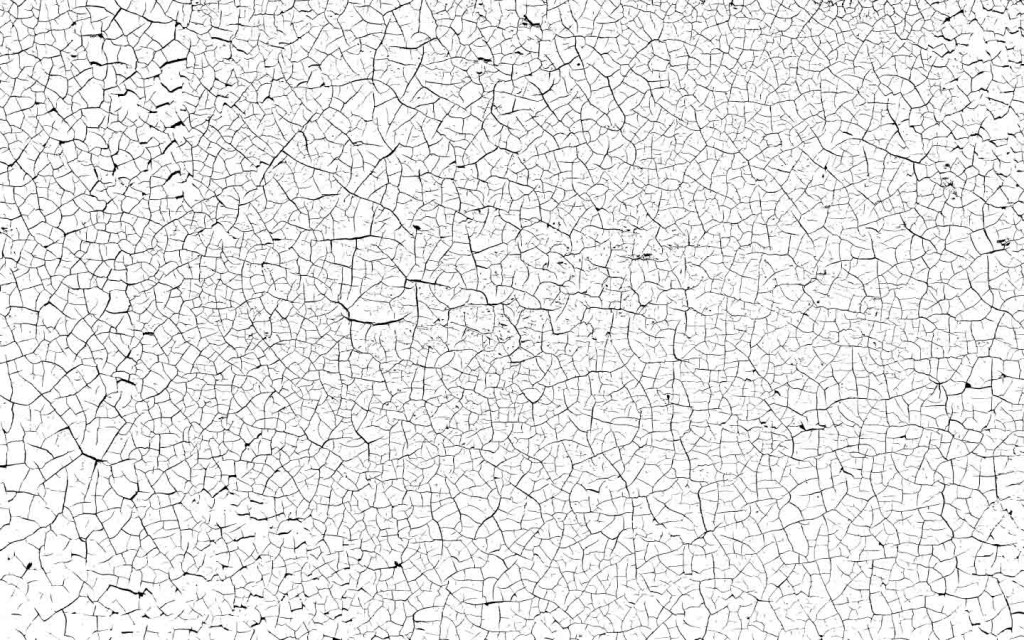
If the paint on the wall has cracks in the shape of a spidery web, then make sure to immediately inspect the entire area with the problematic patch. Most professional painters think that insufficient prep work on the walls is the leading cause behind these kinds of cracks.
Bubbly peeling
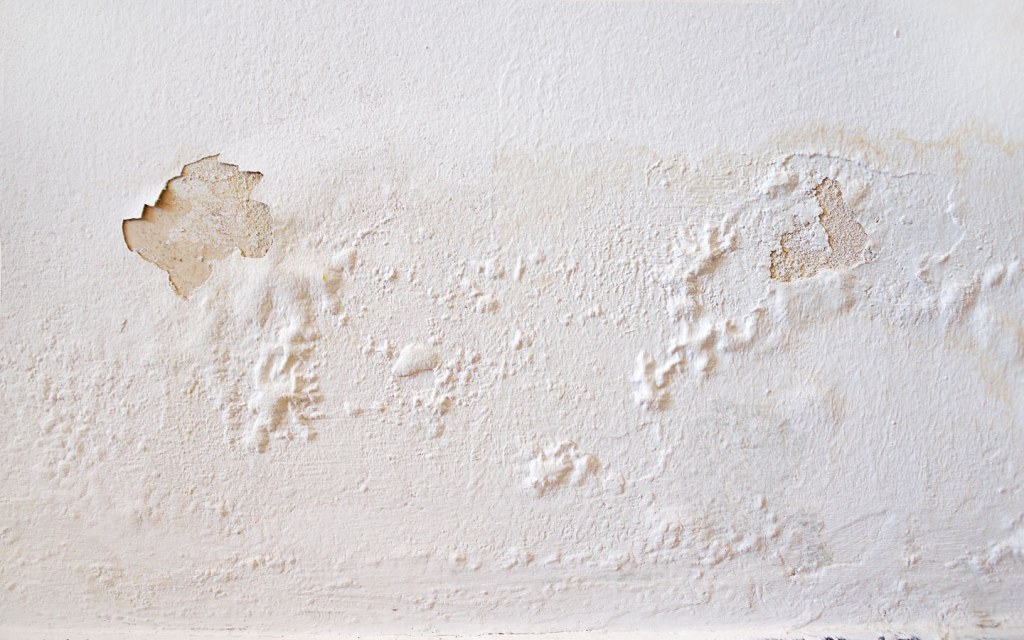
The paint that gives a bubbly appearance is mostly because of excess moisture in the area. Either there has been a leakage in the pipe or seepage in the walls that retains the moisture in the specific area. This causes the paint on the walls to give a bubble-like appearance.
Flaky paint
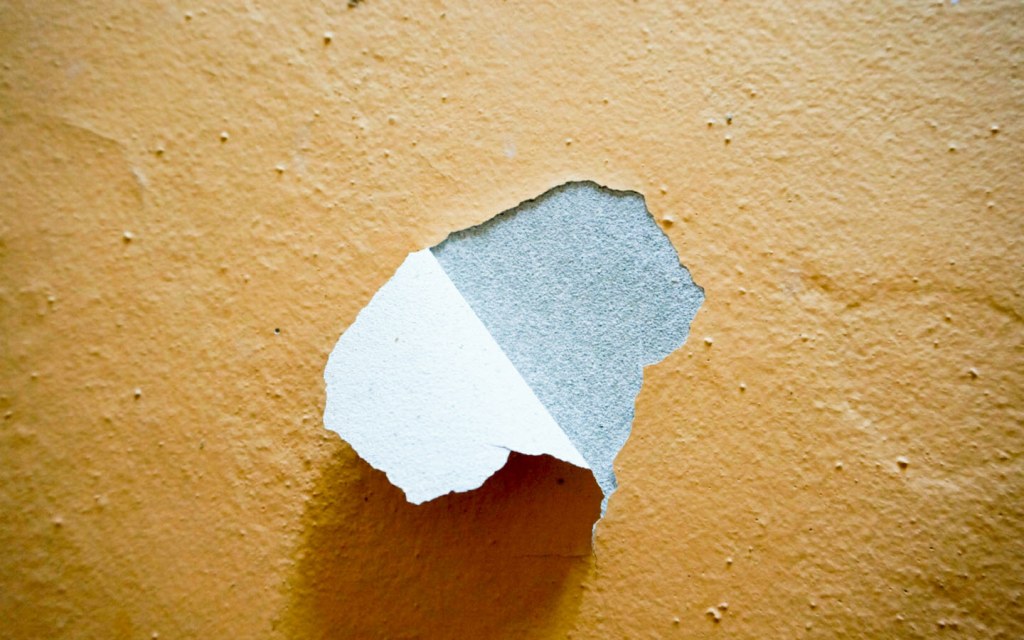
If your wall has peeling paint that is coming off in the form of large flakes, then it is time to fix the seepage in walls, control the moisture in the area and then repaint the surface to make the wall look new.
Identify the root cause of peeling paint
Why does new paint peel off walls? We have listed a few reasons behind cracked or chipped walls:
- Moisture-laden walls
- Weather conditions
- Incompatibility with the surface
- Inferior-quality paints
Let’s discuss each of them one by one.
Lots of moisture
In a house, bathroom and kitchen are the two places where there is a lot of moisture and dampness. Therefore, you will see that these places are the first to report the problem of flaky paint. When moisture is absorbed, it passes through various coats of paint, removing the adhesive that sticks the paint to the wall. Therefore, you can spot paint coming off in the form of flakes or like a banana peel. This shows the extra moisture in the walls need to be addressed immediately.
Too much sunlight
Paint often chips off walls due to high temperatures. If direct sunlight hits the walls all day, it can cause the paint to dry out faster. The oil paints start to crack, while latex paints lose their quality to stick to the walls.
Incompatible paints
When painting, it is extremely important to use the same kind of paint on the surface that’s being coated. For instance, if it is latex paint, it isn’t compatible with oil-based paints and shouldn’t be painted on top of each other. If you are planning to use the leftover oil-paint as a second coat over the base coat of latex paint, then be prepared to see the paint coming off sooner than expected.
Also, make sure the surface on which you are about to paint is compatible with the paint you are using. For instance, smooth surfaces require a certain kind of paint and layering that keeps the coating intact. For uneven surfaces, it’s better to go for textured paint. It is important to prime and prep the surface first before applying a coat of paint to make sure the paint doesn’t come off easily.
Low-quality paints
Some paints seem good, especially to your wallet, but once you use them, you will face bad consequences. Inferior-quality paints do not adhere to the walls properly and also do not give a nice finish once the paint job is done. To avoid cracks in the walls, do not use low-quality or expired paints.
How to fix walls with peeling paint
There are plenty of ways to fix walls with peeling paint. There are different steps to the process, but it is quite simple and easy and you don’t need a professional painter to fix it for you. Let’s guide you through the DIY process of repainting the walls.
- Scrub off the flaky paint
- Repair any holes or cracks
- Ensure the surface is smooth
- Clean the surface
- Use a primer
- Repaint the wall
The first step to repairing cracks in the walls is to remove the flaky paint.
Scrub off the flaky paint
In order to fix walls with peeling paint, it is important to remove all chipped paint from the walls first. Make sure to wear safety gear, gloves, and goggles. Keep a newspaper or any spare cloth to catch the flaky paint coming off.
Before you come hard on those cracks, make sure to check for any leakage and seepage in the walls to avoid getting paint cracks again.
Repair any holes or cracks
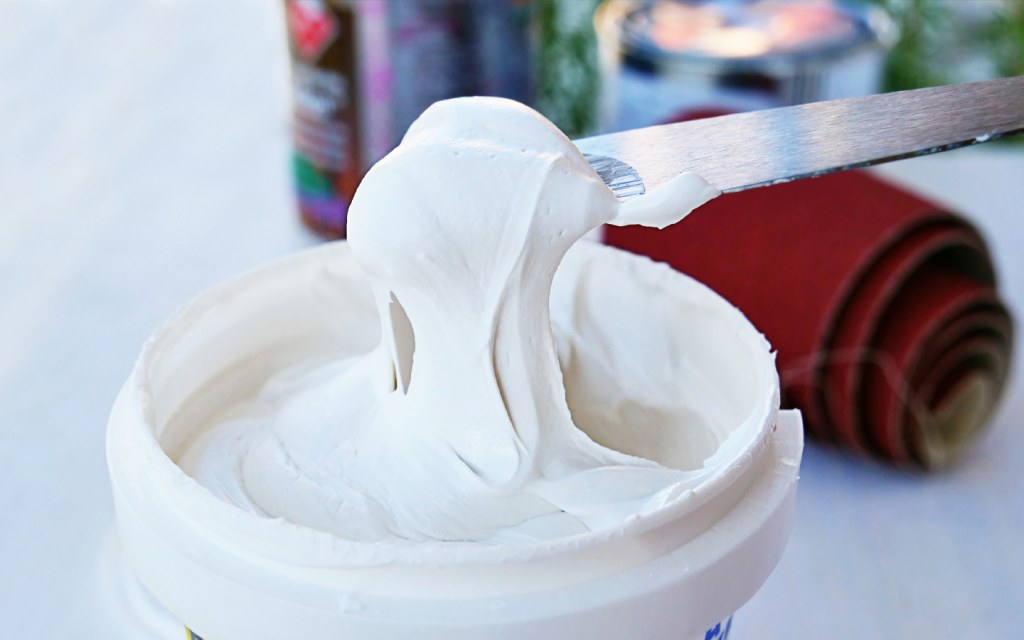
The patching compound that is used to fill in the cracks is called ‘putty.’ Use a knife and apply the putty generously on the walls to fill out any gaps and holes. Allow it to dry out completely and then repeat the process, if necessary. Use sandpaper to blend the surface.
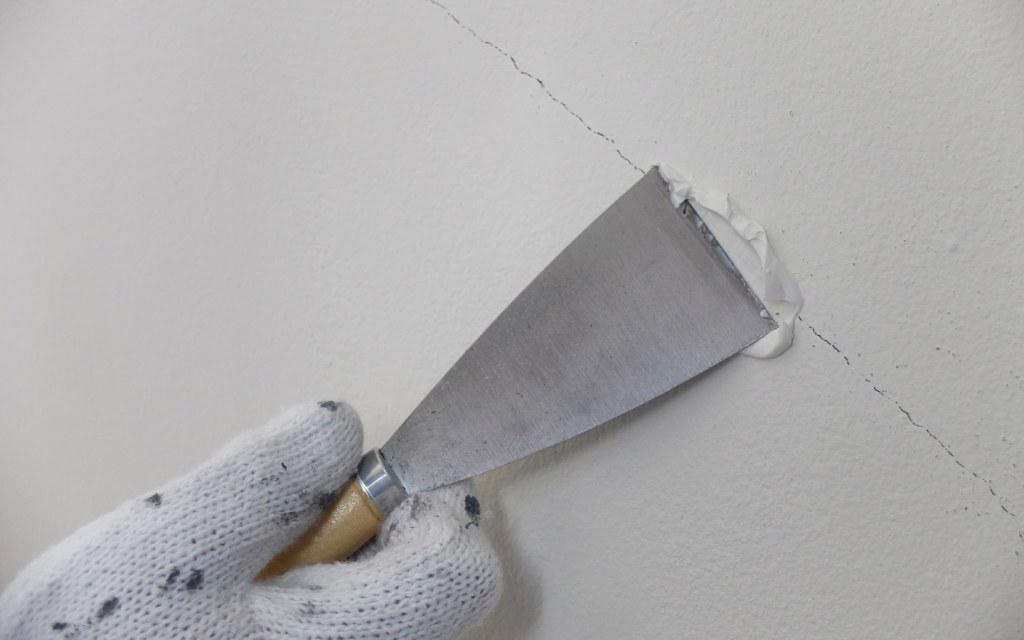
Check the surface with your fingers, if you feel any rough edges then sand it again to achieve a completely smooth surface. Clean the surface using a dry cloth. Make sure there is not even an iota of moisture on the wall before you start painting it. You don’t want those cracks again!
Use a primer
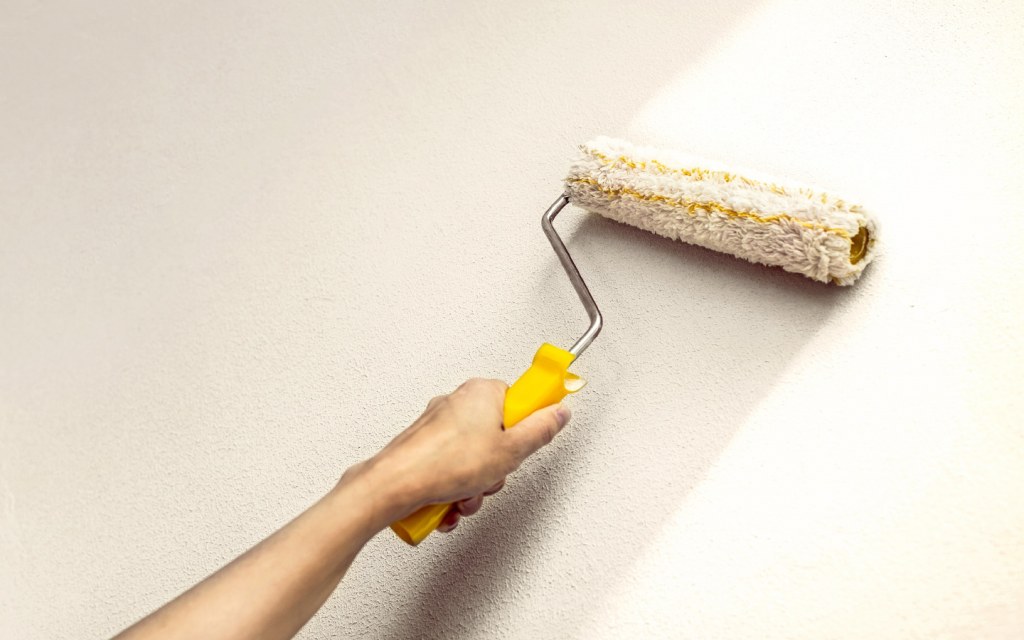
It is important to select the right kind of primer for your wall. You might need to consult a professional in this regard. A pro tip for moisture-laden surfaces like peeling paint in bathrooms is to use an oil-based primer that blocks out stains and moisture. It also provides added protection against fungus, watermarks and mildew.
Repaint the wall
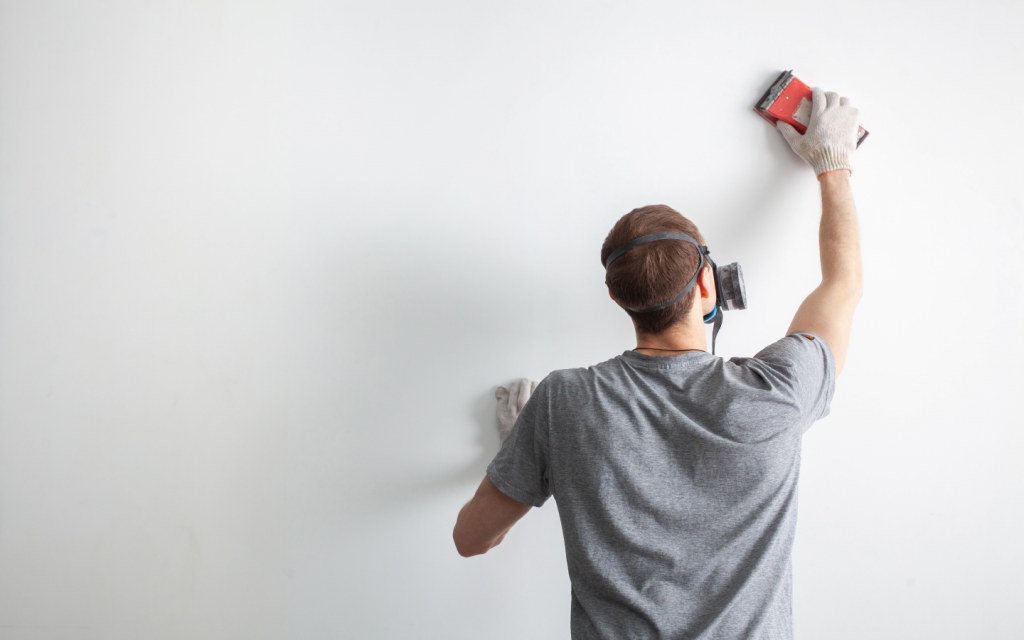
Make sure the primer is completely dry before you redo a paint job. The size of the brush depends upon the area where you have to repaint the wall. If the entire wall needs retouching then a roller brush is good to use. If it is a specific area that needs a makeover, then use a small brush. You should also check out which type of paint finish you should choose for your wall before repainting the wall.
A pro tip: Let the paint dry out completely before you use the room. If it is a bathroom that you have repainted, you have to be extra careful to ensure that the paint has completely dried out on its own before you use the bathroom or else you will face those paint cracks again.
So, this was a comprehensive DIY guide to fix walls with peeling paint. If you know of any other tips, then write to us at blog@zameen.com. For more updates, stay tuned to the best real estate blog in Pakistan.



